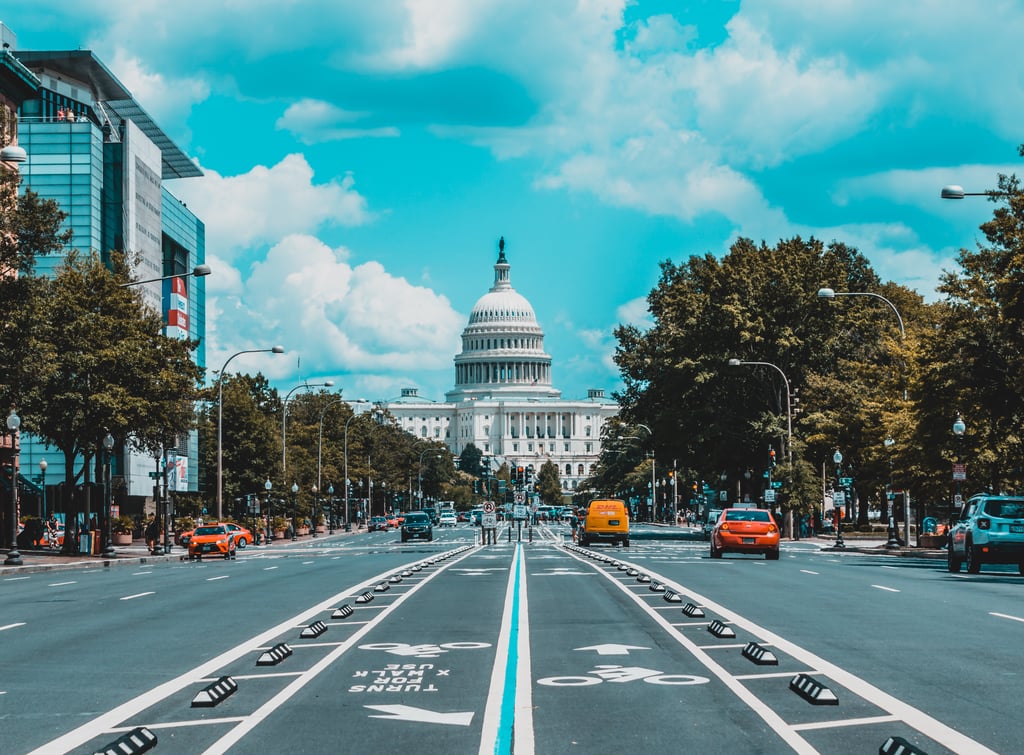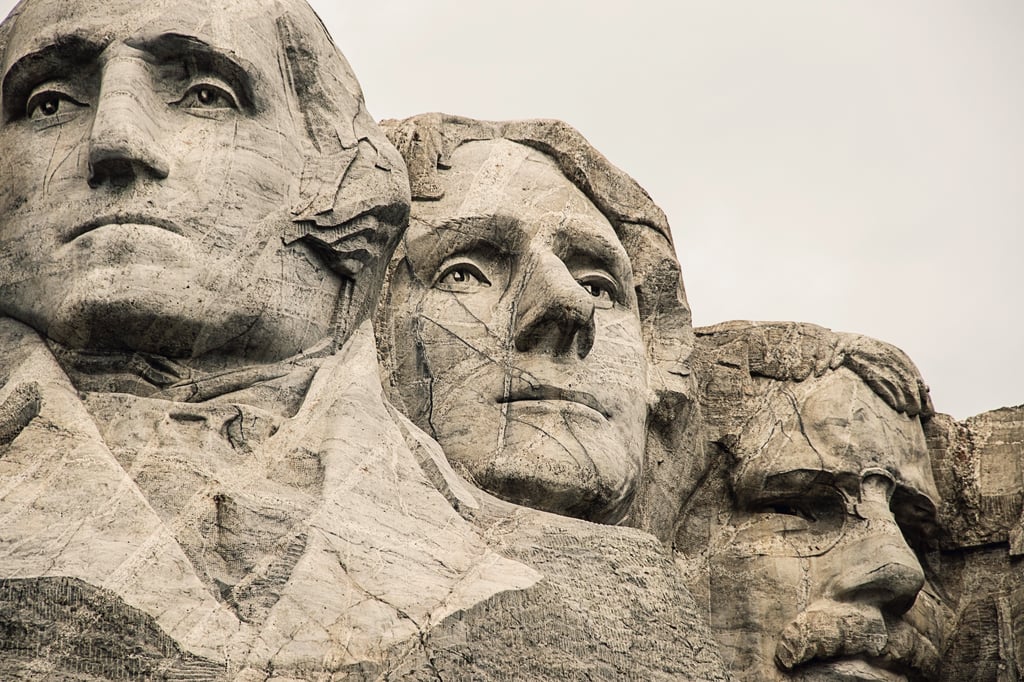Whether you are going on vacation, moving abroad, or traveling for work, it is always comforting to know the basics before you arrive. Feeling comfortable with what people eat, how they interact in public, and even how they get around, are some of the first steps to feeling at ease in another culture. If you know what to expect you can spend less time fretting and more time soaking in the all of the new experiences travel brings.
The United States is located in North America and has the largest economy in the world. It is the third most populous country in the world with over 320 million residents. There are 50 states and 16 territories. Washington, D.C. is the capital city of the U.S. Other major cities include New York City, Los Angeles, Chicago, Houston, Miami, and Philadelphia.
Social Climate
For centuries, people from all over the world have moved to the U.S. seeking a better life, thus creating the ethnically diverse population represented today. For many people, heritage and ethnicity remains a key factor in personal identity. In the U.S., ethnicity is an important topic in social movements and politics that is still evolving today.
Topics such as politics and international issues are not taboo, but they are not often discussed at social events unless they have a direct impact on the individual. Americans, too, are often unsure of proper behavior in the face of rapidly changing social values and global events.

Language
While the U.S. has no official national language, English is the most commonly spoken language throughout the country. Depending on the region of the country, there are different accents, colloquial phrases and speaking patterns. In legislation, executive orders, regulations, federal court rulings, and all other formal or official documentation, American English is used.
Silence is usually avoided as Americans tend to feel uncomfortable in its presence. If a long period of silence appears in a conversation, awkwardness and discomfort may follow. To alleviate this, people will try to fill the silence with casual conversation.
Doing Business
U.S. Americans try to reach a consensus that satisfies everyone through discussion of options. Culturally, they place value in moderation, compromise, and finding a middle ground. U.S. Americans may openly critique the ideas of others. Critiquing is usually seen as being truthful, honest and inquisitive – qualities praised in the United States. People prefer that you speak the truth, even if it is uncomfortable or problematic.
In the U.S., emails should be answered quickly. Even if you do not have an immediate answer to an emailed inquiry, it is important to acknowledge receipt of the email, with an explanation of when an answer may be anticipated. Emails should be specific and decisive. You may also receive many emails from all levels of the company.
Food
Food in the United States varies greatly from region to region. The country covers a diverse geographic area and celebrates a diverse population. Be sure to try:
- A cheeseburger
- Hotdogs/corndogs
- Pizza (Chicago deep dish or New York style)
- Chocolate chip cookies
- S’mores
- Buffalo wings
- Fried chicken and waffles
- Popcorn
- Peanut butter and jelly sandwiches

Schooling
School is mandatory for all children starting at the age of six. In general, elementary school refers to kindergarten to 5th grade (ages 5-10), junior high school or middle school refers to grades 6 to 8 (ages 11-14), and high school refers to grades 9 to 12 (ages 14-18). Public school education is available to all children in the U.S.
U.S. students have many options for higher education and may study a variety of topics in college. It is only during the last two years of college that a student focuses on his or her major subject. There are also many students who pursue master’s degrees or doctorates. In some cases, students may elect to take vocational courses during and after high school.
Transportation
Public transportation is available in major metropolitan cities, but most American households own cars. While transportation is generally available from the airport into the nearest city, it may be necessary to rent a car or arrange other transportation. Uber is available in most major cities. When you are in a car, you must buckle your seatbelt- it is the law.
Driving is the most common method of transportation due to the size of the USA and distance between destinations. For long distances, flying is more common than taking a train or traveling by water.
Attractions: Museums and Nature
Some of the top attractions the United States are:
- The Smithsonian Museums in Washington, D.C.
- Walt Disney World in Florida
- Statue of Liberty in New York
- Metropolitan Museum of Art in New York
- Las Vegas Strip in Nevada
- Mount Rushmore National Memorial in South Dakota

Some of the most beautiful natural features in the USA include:
- The Grand Canyon in Arizona
- Old Faithful Geyser in Wyoming
- Great Lakes along the U.S.-Canada border
- Arches National Park in Utah
- Volcanoes National Park in Hawaii
- Denali Mountain in Alaska
Security
Make multiple copies of your documentation and keep these materials in a safe place. These documents should include the location of your nearest home country embassy in case of emergency. When you travel, always be sure to provide at least one other person with your itinerary. As in every country, there are places that are dangerous to go to if you are unfamiliar with the area. Ask the locals where they do not go, and try to avoid traveling alone and at night.
Depending on where you are visiting, the threat of natural disasters is possible. Be prepared to alter your plans to seek safety if you suspect you will encounter trouble.
Facts about the United States
- About 70% of the firefighters in the U.S. are volunteers.
- The first Ferris Wheel was debuted in Chicago in 1893 for the World’s Fair.
- 100 acres of pizza are served in the U.S. every day.
- By law, only deceased people can appear on U.S. currency.
- The U.S. officially adopted the metric system in 1975, but standard measurements are still used.
- Puerto Rico, a U.S. territory, competes individually in the Olympics although its residents are U.S. citizens.
- There are 59 national parks and 417 sites within the system, not counting state parks and local parks. This land is preserved for all to enjoy.
Read our other Destination Profiles:



